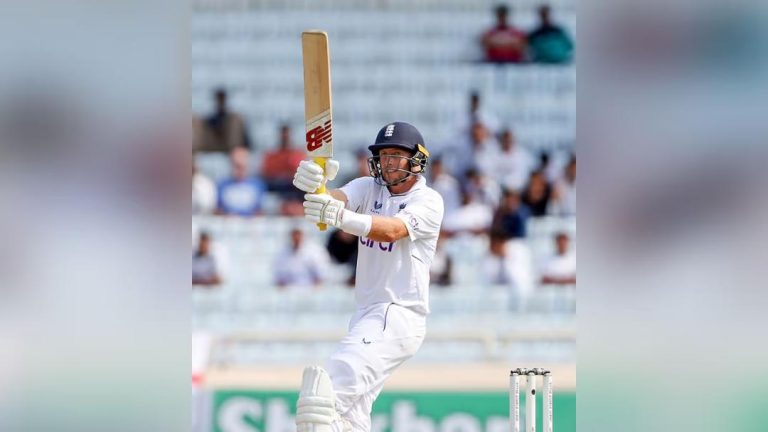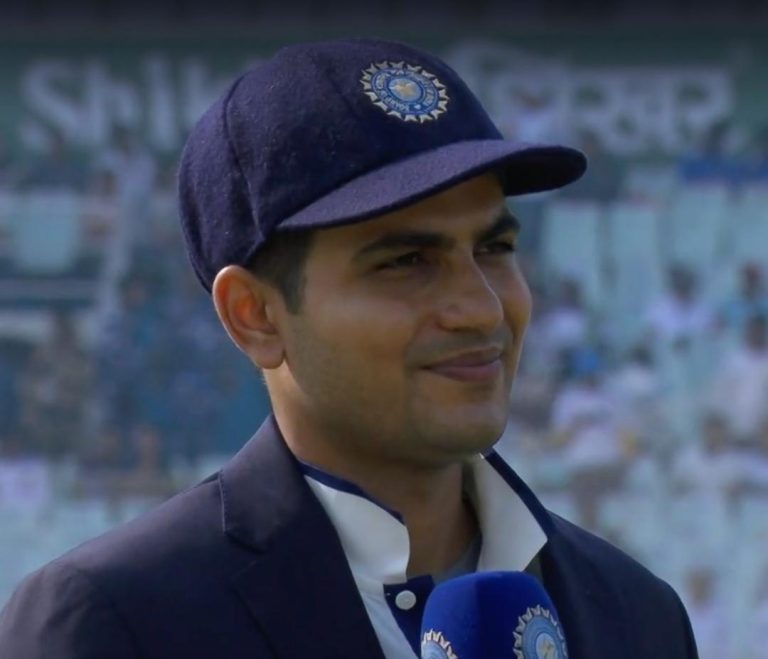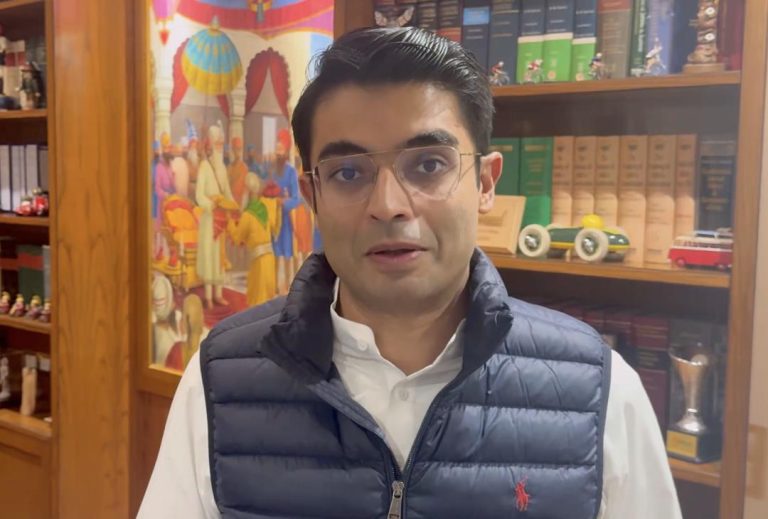
Ravindra Jadeja Compares Captaincy in T20 & Test Format
Ravindra Jadeja, one of India’s most experienced and successful all-rounders, has shared his insights on the challenges of captaincy in different formats of the game. In a conversation with fellow cricketer R Ashwin, Jadeja revealed the differences between leading a team in Test and T20 Internationals (T20Is). His words offer a fascinating glimpse into the complexities of captaincy, highlighting the unique demands of each format.
In Test cricket, Jadeja emphasized the importance of adapting to the needs of the bowlers. “In Test cricket, you have to change two-three fielders as per the need of the bowler,” he said. “Captaincy in Test cricket is different. It’s simple, but calculative.” This quote suggests that Test captaincy requires a deep understanding of the game, allowing the captain to make tactical decisions that play to the strengths of individual bowlers.
Jadeja’s comments highlight the importance of strategy and planning in Test cricket. Unlike T20Is, where every ball is an event, Test cricket allows for a more measured approach. The captain has the luxury of time to adjust their tactics, responding to the opposition’s moves and exploiting their weaknesses. This requires a high level of analytical thinking, as the captain must be able to read the game and make informed decisions to outmaneuver the opposition.
In contrast, Jadeja described T20Is as a format where “every ball is an event.” This quote emphasizes the frenetic pace of T20 cricket, where each delivery is a critical moment. The captain must be able to think on their feet, making quick decisions that can have a significant impact on the game.
This difference in tempo is a key factor that sets T20Is apart from Test cricket. In T20s, the margin for error is much smaller, and the pressure to perform is intense. The captain must be able to manage their team’s workload, ensuring that each player is used effectively to maximize their output. This requires a high level of emotional intelligence, as the captain must be able to motivate their team, manage stress, and make split-second decisions under pressure.
Jadeja’s comments also highlight the importance of communication in T20Is. With the fast-paced nature of the game, the captain must be able to convey their message quickly and clearly to their teammates. This requires a high level of trust and understanding between the captain and their players, as well as the ability to adapt to changing circumstances.
The challenges of captaincy in T20Is are well-documented, but Jadeja’s words offer a unique insight into the demands of leading a team in this format. The captain must be able to balance aggression and caution, knowing when to take risks and when to play it safe. They must also be able to manage their team’s emotions, as the pressure to perform can be overwhelming.
In conclusion, Ravindra Jadeja’s comments offer a fascinating glimpse into the challenges of captaincy in different formats of the game. His words highlight the unique demands of Test cricket, where strategy and planning are key, and T20Is, where every ball is an event and quick decision-making is critical. As cricketers continue to evolve and adapt to the changing demands of the game, Jadeja’s insights offer valuable lessons for captains and players alike.




